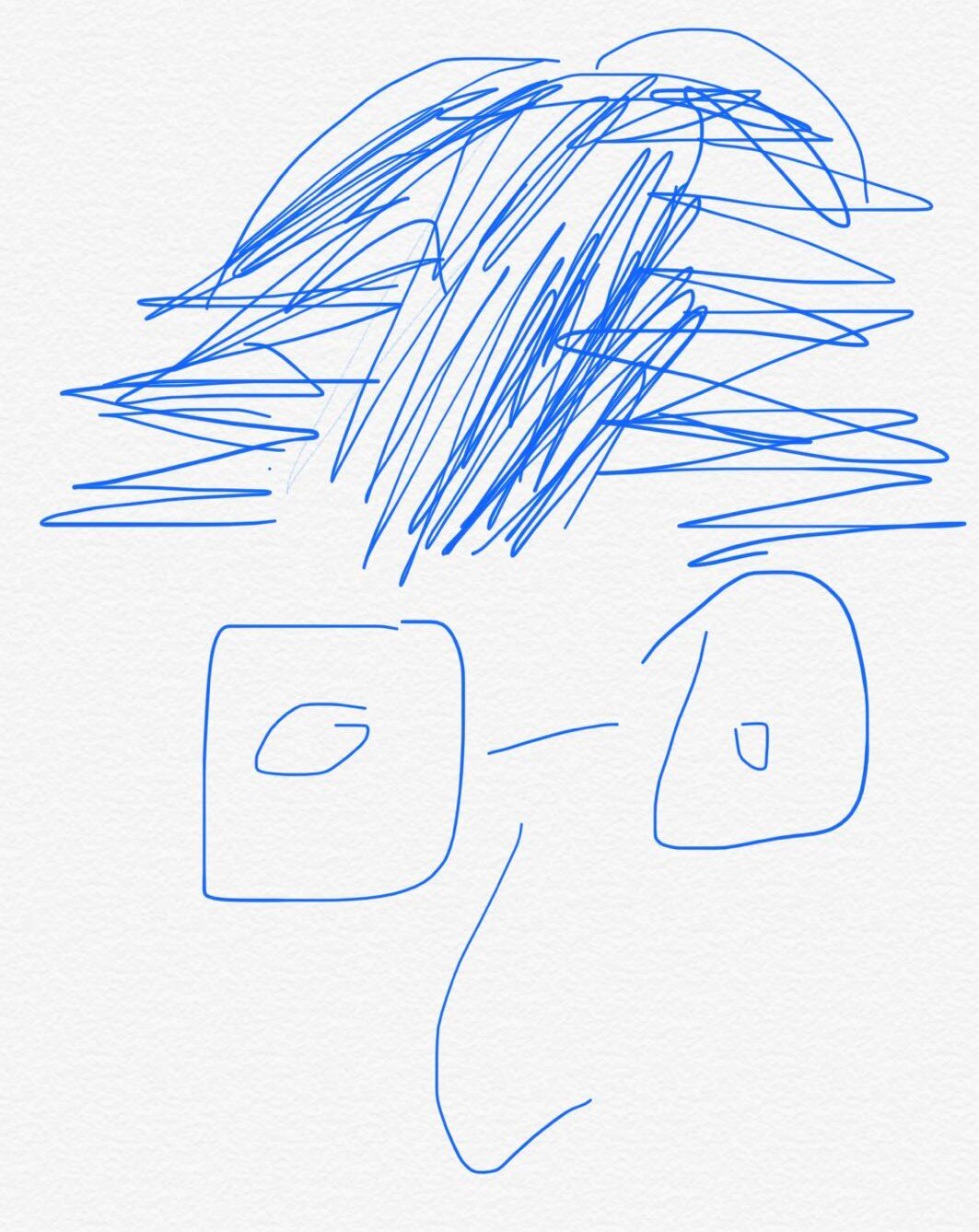C# 06 Study Notes Errors and exceptions
6.Errors and exceptions
📌Handling errors in old days
In the old days, programmers make a GLOBAL variable. When the method is called, the program is asked to check the GLOBAL variable to see if it is successful.
📌What C# does?
C# use exception to handle error in a more robust way.
6.1. try-catch exception
📌try-catch block
try{ //the code may have errors}catch (Exception ex){ //handle the exception}
📌unhandled exception
The catch mechanism is cascading back(由内向外遍历). If the certain type of exception was still not catch, then it will be unhandled exception.
xxxxxxxxxxstring numStr = "2147483648";try{ int num = int.Parse(numStr); Console.WriteLine(num);}catch(FormatException fEx){ }Because the catch block only handles FormatException, the number exceeds the maximum which will conduct an OverflowException.
📌multiple catch handler
C# supports multiple handlers in light of different exception.
xxxxxxxxxxstring numStr = "2147483648";try{ int num = int.Parse(numStr); Console.WriteLine(num);}catch(FormatException fEx){ }catch(OverflowException oEx){ }With these pattern, the preceding code will not only handle FormatException but also OverflowException.
📌catch multiple exception all in once
C# provides a robust solution for handling exception which is defined very carefully with an inheritance hierarchies(异常用继承层次结构组织). The following is an example:

Therefore, we could use Exception to catch any types of exception since it is the great-granddaddy of all exceptions.
xxxxxxxxxxtry{ }catch (Exception ex){ //this block will handle all kinds of exception}
📌The order execute the catch block
Taking the following as an example:
xxxxxxxxxxtry{ //some code here}catch(FormatException fEx){ }catch(OverflowException oEx){ }If the code throw both FormatException and OverflowException, the program will only fall in ONE catch block which is the first catching block!!
📌A great practice ordering the Exception
With preceding demonstration, a general good practice is to handle the specific exception in the head and general exception at the tail.

xxxxxxxxxxtry{}catch(FormatException fEx){}catch(OverflowException oEx){}catch(Exception ex){}
📌filtering exception
Although the exception is catch, while you only want to process those errors you are interested. You can:
xxxxxxxxxxtry{ }catch(Exception ex) when (errorType == 4){ //it will handle errors only if the variable errorType == 4}
📌Propagating Exception
The propagating exception is nothing else but decide when to handle the exception in which scope.
Propagating exception to outside
xxxxxxxxxxtry{ ScopeA { ScopeB { //ERROR } }}catch{ //catch ERROR}catch right away, no propagation!
xxxxxxxxxxtry{ ScopeA { try { ScopeB { //ERROR } } catch { //catch ERROR } }}catch{ }
📄 To conclude, you can either propagate exception or not. It depends on the nature of the app you are building.
6.2. checked and unchecked for integer operation
📌integer may overflow silently
You CAN'T notice it is overflowed with
try-catch
xxxxxxxxxxtry{ int max = int.MaxValue; Console.WriteLine(max+1);}catch(Exception ex){ }There is no errors in console but with -2147483648 as result. That's because C# allows the calculation to overflow silently.
📌Why doesn't C# check overflow?
Because!! Arithmetic operation are everywhere in the program and it is SO BAD for performance if checks every arithmetic operation.
📌How should we catch OverflowException?
There are 2 methods:
1.Turn on such flag to ask C# compiler to check. (NOT recommend❌)
Right click the Project - Properties - Build - Advanced - [x]Check for arithmetic overflow
2.Use checked and unchecked (recommend✔️)
Use the checked and unchecked keywords to turn on and off integer arithmetic overflow checking in where you want to check.
📌checked and unchecked statement
xxxxxxxxxxint max = int.MaxValue;unchecked{ Console.WriteLine($"Unchecked: {max + 1}");}checked{ Console.WriteLine($"Checked: {max + 1}"); //this will not be printed since it is overflow}The output:
xUnchecked: -2147483648Unhandled Exception: System.OverflowException: Arithmetic operation resulted in an overflow.
📌checked and unchecked expression
xxxxxxxxxxint maxUnchecked = unchecked(int.MaxValue+1); //NO ERRORint maxChecked = checked(int.MaxValue+1); //ERROR!!!
📌NOT support floating-point
You cannot use the checked and unchecked keywords to control floating-point (noninteger) arithmetic. The checked and unchecked keywords apply only to integer arithmetic using data types such as int and long.
6.3. throw exception
There are many Exception that can be throw. Just search and throw!
📌throw statement
xxxxxxxxxxif(day==1){ }else if(day==3){ }//..else if(day==7){ }else{ //day is in the domain of 1 to 7, now there is no options suitable throw new ArgumentOutOfRangeException("No such day!");}
📌throw expression ⭐️
Suppose:
xxxxxxxxxxstring name;if(nameField.Text != ""){ name = nameField.Text;}else{ throw new Exception("No input!");}The objective of this statement is to assign value to this variable. Recommend to use ternary operator!
xxxxxxxxxxstring name = nameField.Text != "" ? nameField.Text : throw new Exception("No Input!");This is more elegant!!
6.4. finally block
📌What does it do?
A finally block to ensure that critical code always runs, even if an exception occurs.
📌Example - Dispose file ⭐️
This is very handy dealing with accessing a file. Because you have to make sure Dispose statement always executes at the end even if an exception occurs. Otherwise the file is occupied.
xxxxxxxxxxTextReader reader = ...; //...try { string line = reader.ReadLine(); while (line != null) { //... line = reader.ReadLine(); }} finally{ if (reader != null) { reader.Dispose(); //Dispose the file in the end no matter what }}
